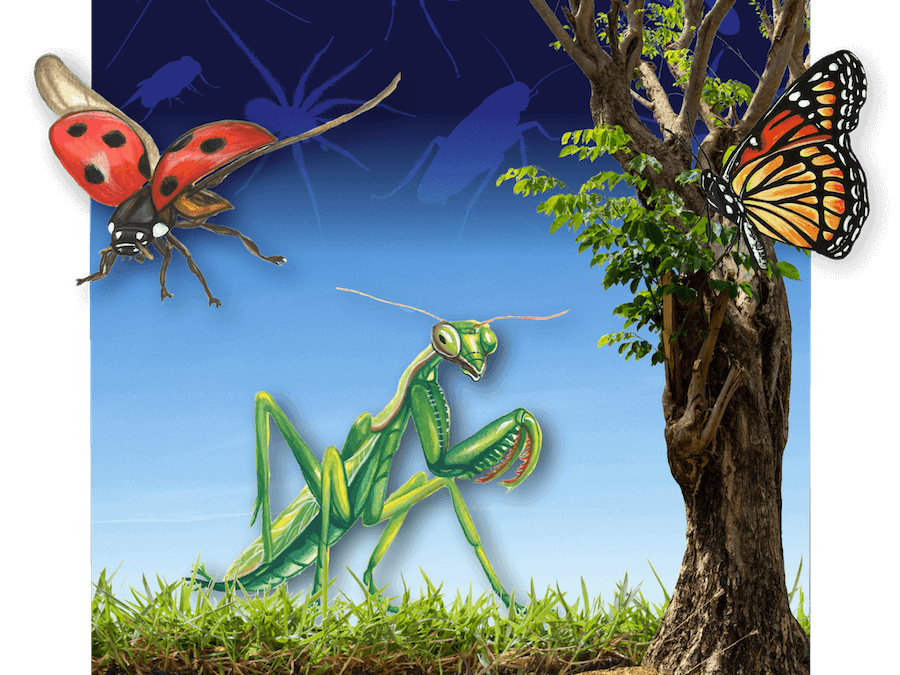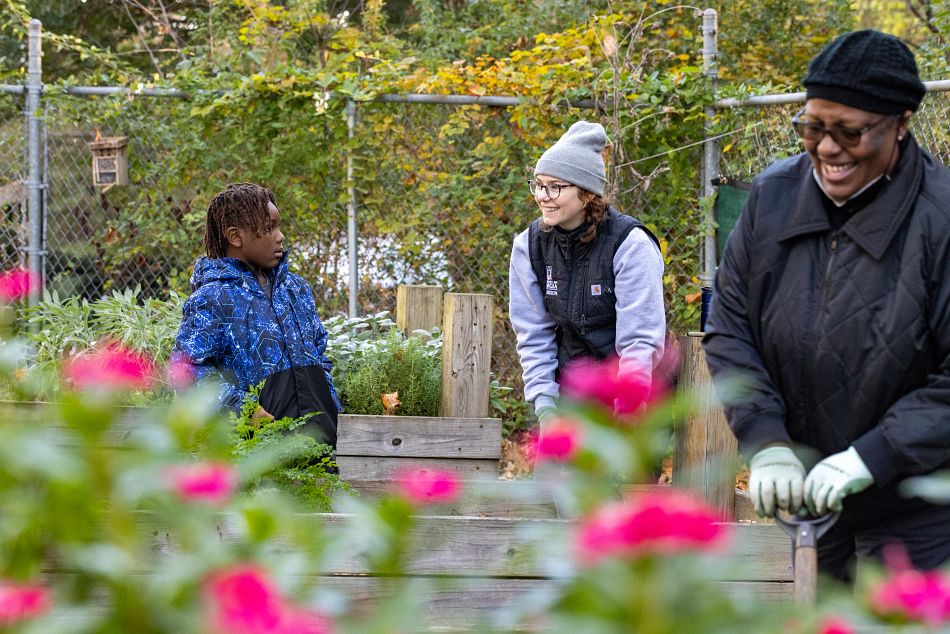By Kathryn Taylor
University of Georgia

Volume XXXI |
The traditional girdling method involves removing a thin strip of bark from around the trunk or scaffold of a fruit tree. This keeps the sugars made by the leaves in the upper part of the tree where the fruit is.
A better way
The problem with this method is the formation of wounds that insects can infest or diseases infect.Using cable ties to girdle the tree, though, doesn't cause any injury. Besides making this year's peaches bigger and sweeter, cable-tie girdling advances the maturity and possibly improves the quality of fruiting wood for next year's crop.
Refining the best method for this practice is still a work in progress. UGA researchers are continuing their work to learn as much they can about the technique's effectiveness.
For example, the method relies on having enough time after placing the cable tie for the tree's girth to grow enough for the cable tie to constrict the sugar movement down the tree's axis. It appears that it doesn't work as well for early-maturing cultivars as later ones.
How it works
Cable ties are placed on the trunk or scaffold branches 4 to 6 inches below or above the crotch. A rolling motion with pliers is used to completely tighten the ties.The first research used two 3/16th-inch plastic cable ties per scaffold or trunk. But subsequent tests have switched to a single 1/3- to 1/2-inch cable tie. Black ties appear to hold up better than white ties.
You have to remove the ties at or just after harvest so the tree can recover.
Studies have been done only with applying ties to fully dormant trees during the winter. Studies are under way to see if applying ties in the fall, before the leaves fall, will make it more effective on early varieties.
In Georgia, the method works best on irrigated trees and varieties that ripen in early June or later. It works best, too, on tree trunks that aren't damaged or otherwise misshapened, which keeps the tie from making tight contact around the whole tree.
(Kathy Taylor is a horticulturist with the University of Georgia College of Agricultural and Environmental Sciences.)






